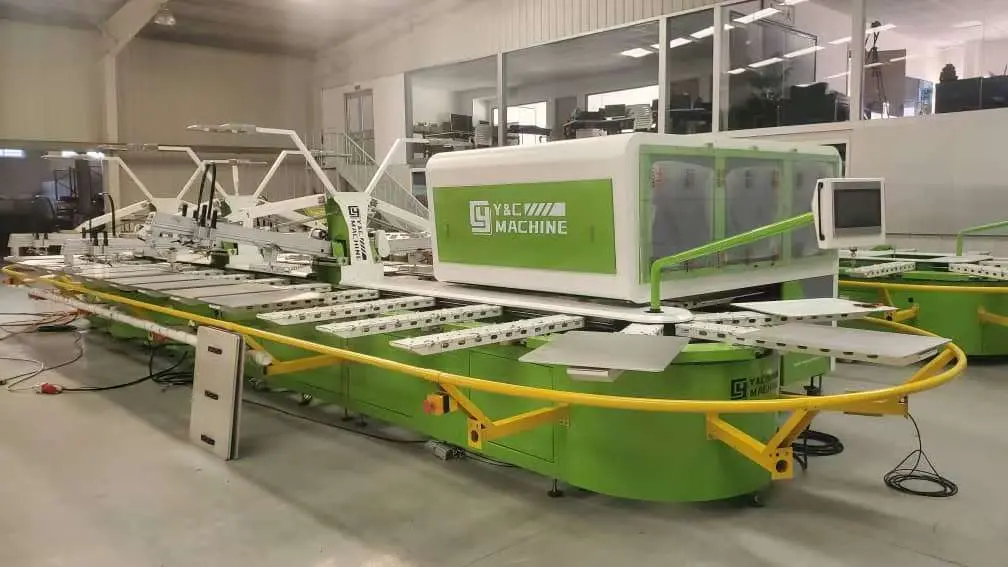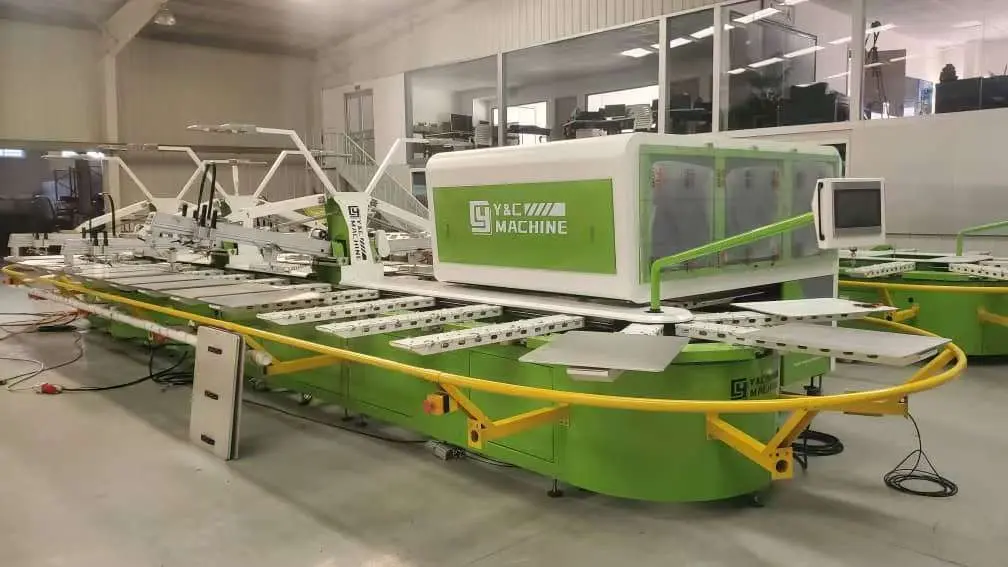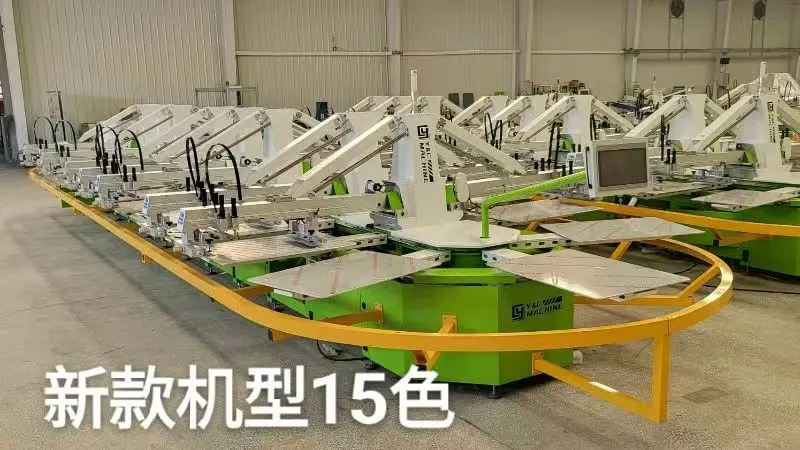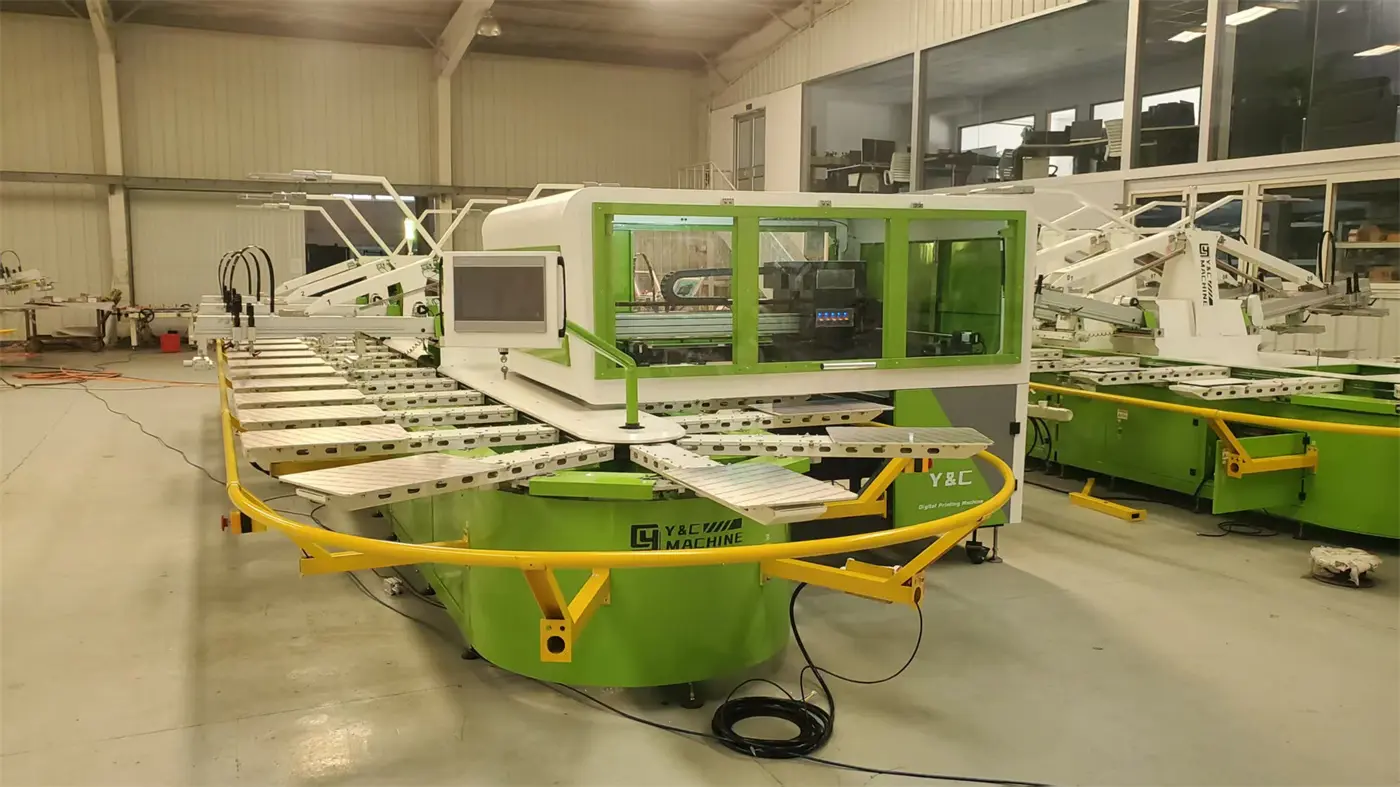Exploring the Advancements and Market Demand for Fabric Printing Machines
As the textile industry continues to evolve with trends toward customization and sustainable production, Fabric Printing Machines are becoming an essential investment for manufacturers and designers worldwide. These machines enable high-speed, precise, and vibrant printing on various fabrics, meeting the increasing demand for personalized and small-batch textile production.
What is a Fabric Printing Machine?
A Fabric Printing Machine is a specialized piece of equipment used to print patterns, designs, or images directly onto fabric surfaces. Using digital or Screen Printing technologies, these machines can handle a wide range of materials including cotton, polyester, silk, and blends, producing high-quality prints with excellent color fastness.
With the advancement of digital textile printing technology, fabric printing machines now offer faster turnaround times, reduced waste, and the flexibility to produce intricate designs that traditional methods struggle to replicate. These features are particularly valuable for fashion brands, home décor manufacturers, and custom merchandise businesses aiming to respond quickly to market trends.

Benefits of Investing in a Fabric Printing Machine
Customization at Scale: Businesses can offer personalized products with unique designs without the limitations of large minimum order quantities.
Eco-Friendly Production: Many modern fabric printing machines use water-based inks and efficient inkjet technologies that minimize waste and reduce water consumption, aligning with sustainability goals.
Superior Print Quality: High-resolution printing heads and precise color control systems ensure vivid, detailed designs that enhance the fabric’s visual appeal.
Operational Efficiency: Automated feeding systems and software integration allow for streamlined workflows, reducing labor costs and production time.
Market Trends and Opportunities
The demand for Fabric Printing Machines is rising as fashion and home textile industries increasingly adopt just-in-time manufacturing strategies to reduce inventory and improve cash flow. Additionally, the rise of e-commerce and print-on-demand services has fueled the need for high-performance, versatile fabric printing solutions.
Manufacturers investing in advanced Fabric Printing Machines can gain a competitive advantage by offering quick delivery, design flexibility, and sustainable production processes, catering to the needs of modern consumers who value individuality and eco-conscious products.
Conclusion
For businesses looking to stay ahead in the textile industry, adopting a Fabric Printing Machine is not just a technological upgrade but a strategic decision to capture new market opportunities while improving production efficiency. As consumer demand for customized and eco-friendly textiles continues to grow, fabric printing technology will play a pivotal role in shaping the future of the industry.





